This Huawei phone might just beat my mirrorless camera for portrait photography
Thanks to its AI-powered bokeh effect
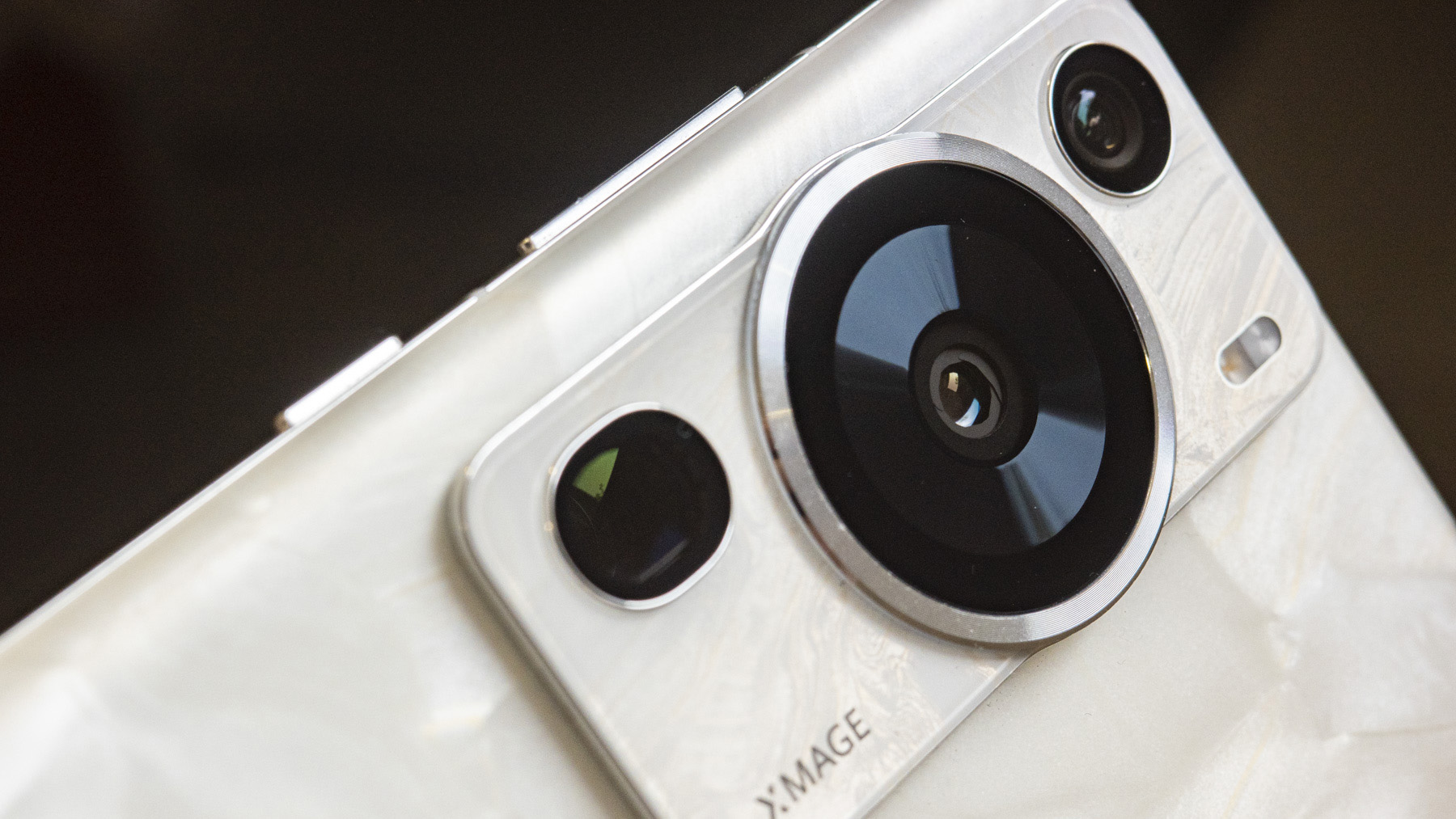
I'd heard good things about the Huawei P60 Pro’s camera, but I wasn't prepared for just how good it is.
It's a great camera phone for all skill levels: in auto mode it's a highly capable point-and-shoot, while if you're a pro it can offer exposure controls like adjustable aperture. That's right – you can shift the lens aperture from f/1.4 to f/4 to organically change how blurry the background is with no software trickery. This is some serious photography power.
It also has fantastic macro photography capabilities, while night photos look super-crisp, but what I actually had the most fun playing with – and what got me thinking about the limits of my 'real' professional camera – is its bokeh effect.
Real bokeh
Bokeh (there are fun videos about how to pronounce bokeh) refers to the aesthetic quality of out-of-focus points of light in a photo, and it’s super-important for portrait photography in particular.
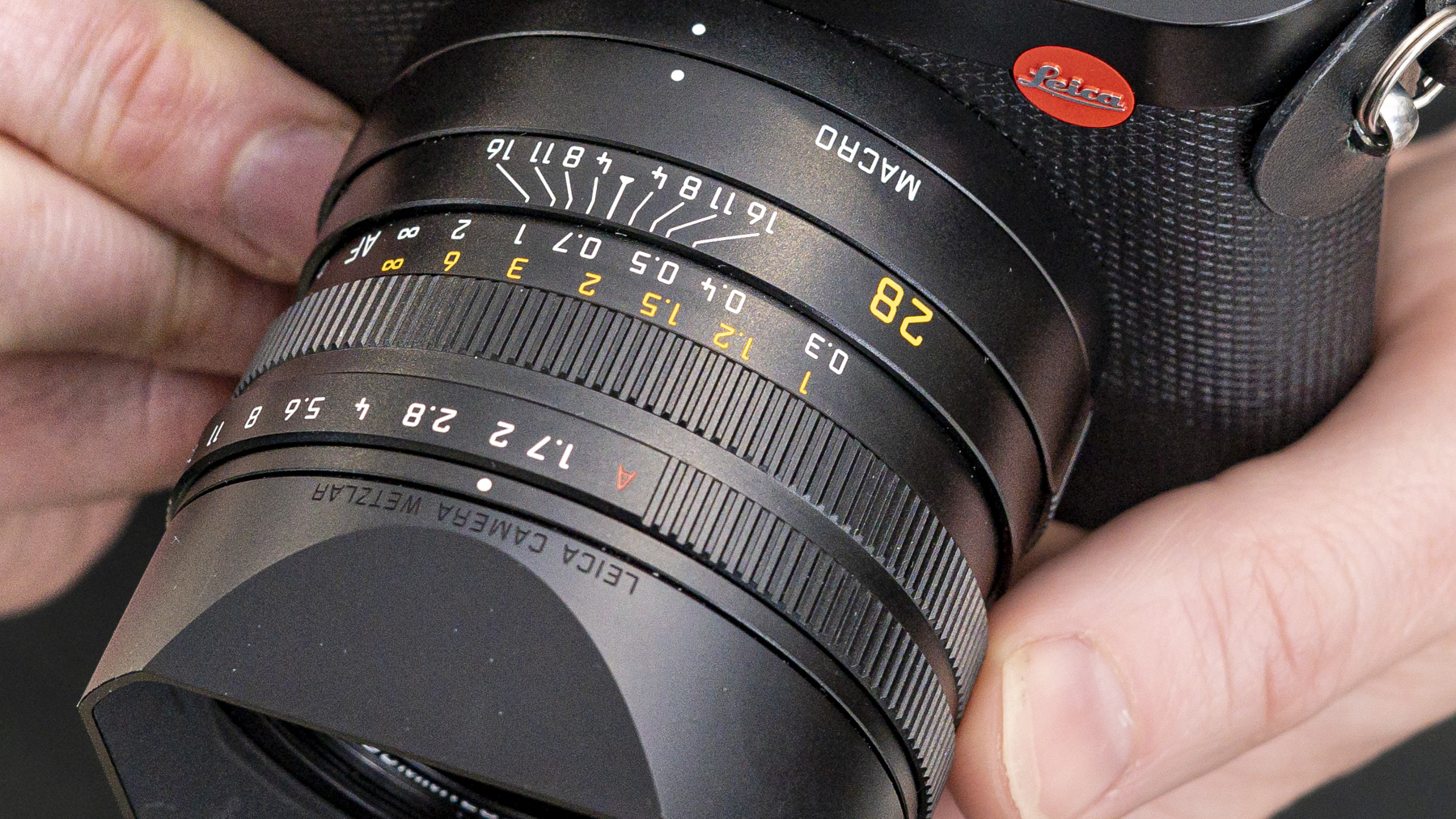
Specialist lenses that pro portrait photographers spend thousands on are heavy and bulky, but crucially offer a shallow depth of field and beautiful bokeh. The effects are achieved with lenses featuring a wide aperture that forms a large circular shape when taking a photo.
Shooting with lens aperture wide open like this give an attractive circular look to background points of light, like dappled sunlight through trees or street lights. Close the aperture down and the depth of field increases bringing more of a scene into focus, and the lens aperture shape (and therefore bokeh effect) changes, usually showing harder edges – both are considered less aesthetically pleasing for portraits.
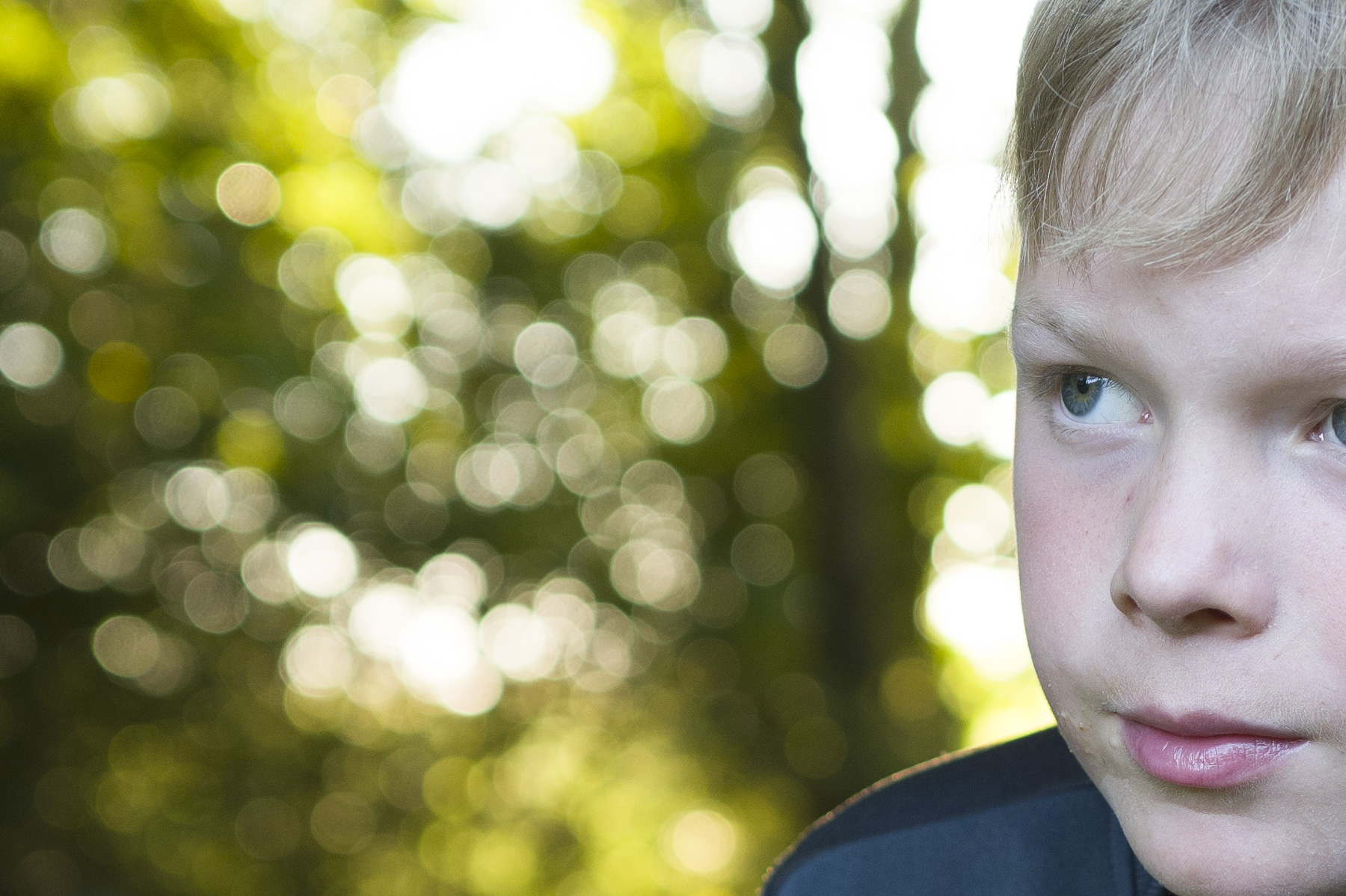
There might be also color fringing around these blurry points of light that can be ugly and hard to correct. Bokeh might even be 'fussy' rather than smooth. And I'm not even talking about the cheap kind of lenses you start out using with a beginner DSLR or mirrorless camera.
Get daily insight, inspiration and deals in your inbox
Sign up for breaking news, reviews, opinion, top tech deals, and more.
Put simply, even the best portrait lenses can suffer from lens distortion, or less than desirable bokeh. Phones like the Huawei P60 Pro prove that it doesn't have to be like this.
AI bokeh
When you select portrait mode in the Huawei P60 Pro, it's not the phone's physical aperture control that blurs the background, it's AI trickery, much like in all phones: it detects the subject and make them stand out from the background by applying blur to everything else.
The P60 Pro does a much better job than the many other phones in intelligently recognising what is the background and what is your subject, and applying believable shallow depth. But it also goes one step further than the majority of other phones by offering a range of bokeh effects.
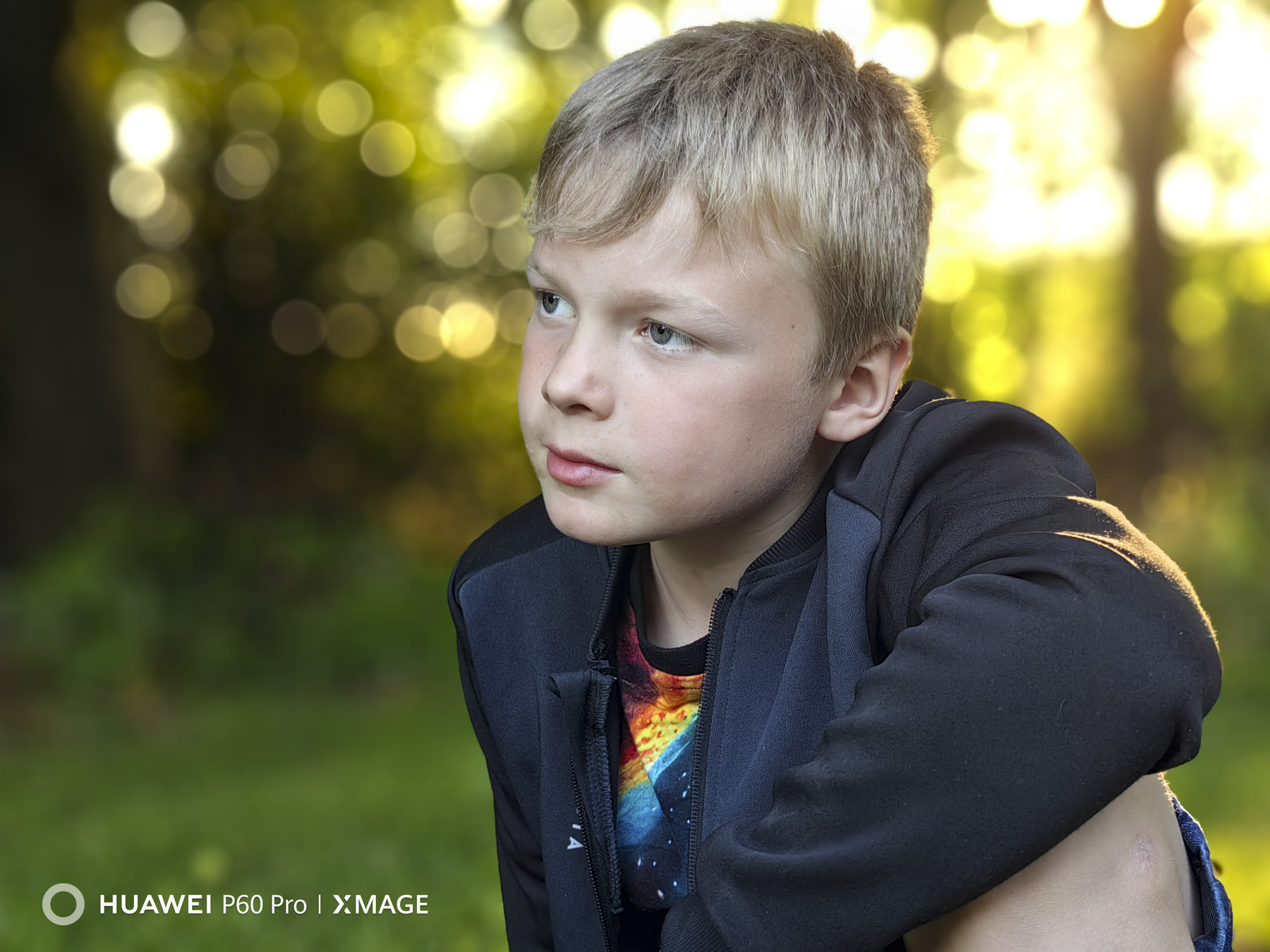
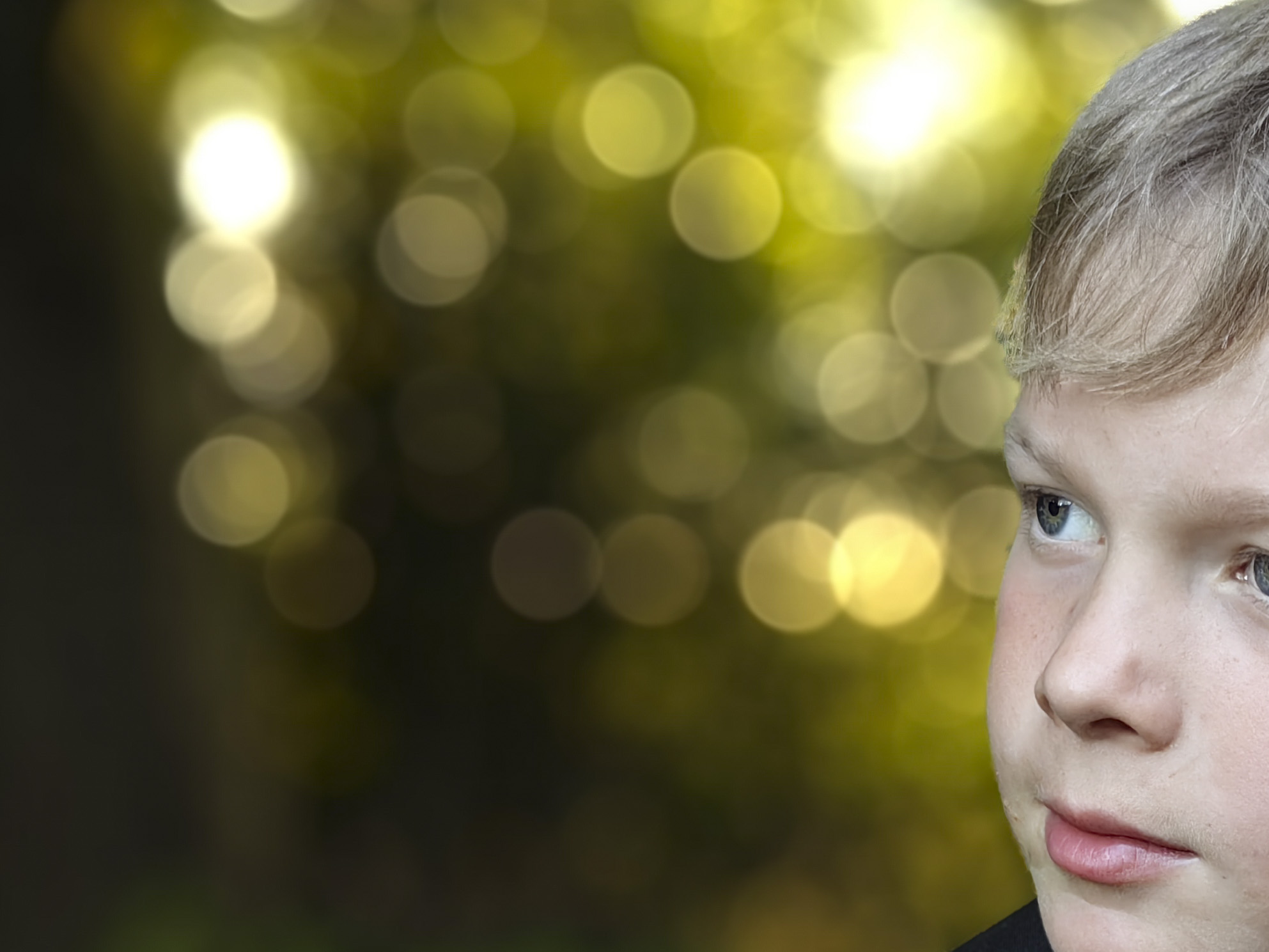
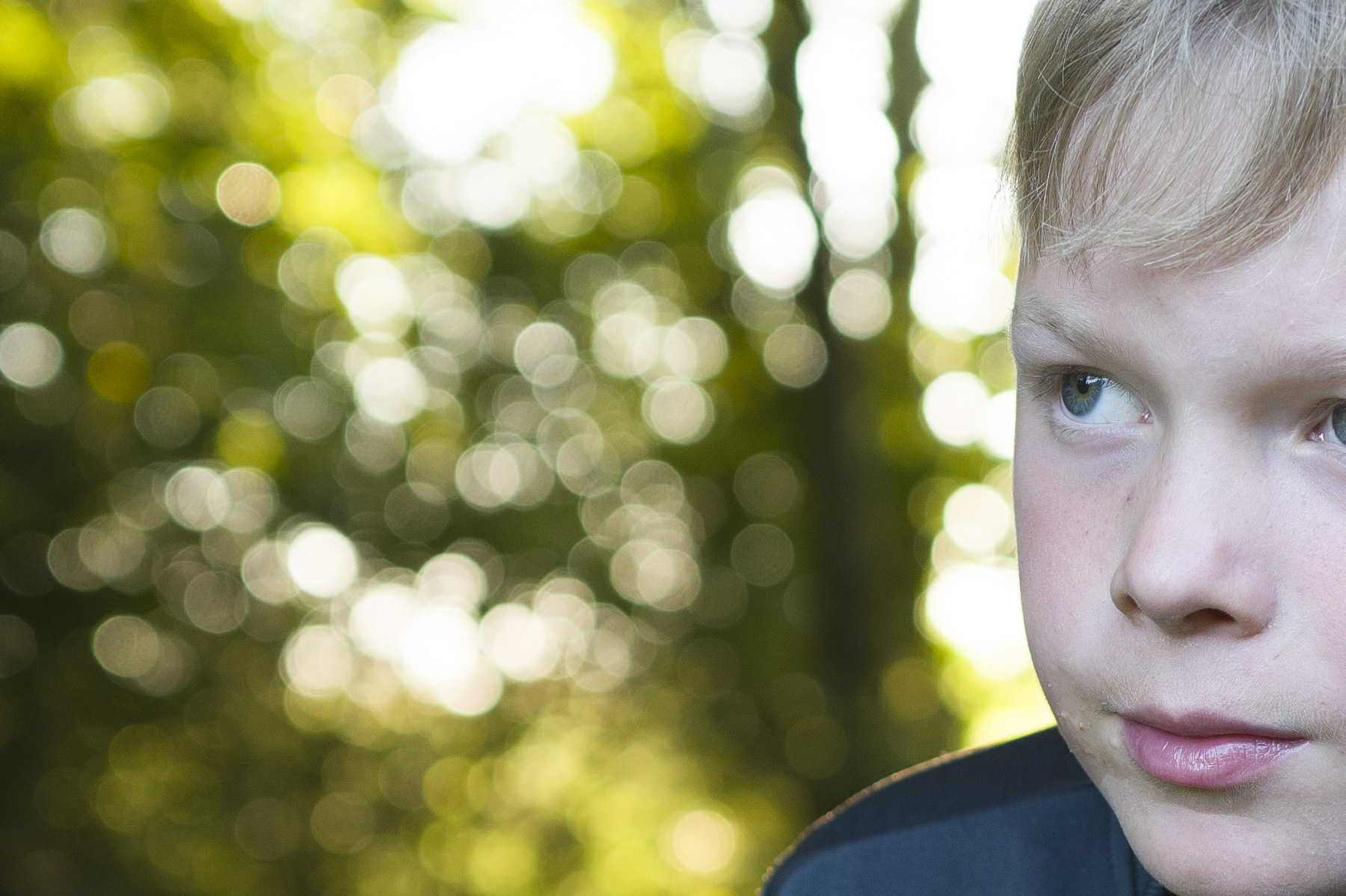
Circles bokeh (expensive lens territory), Swirl bokeh (a whacky effect like in the legendary Helios 40-85mm f1.5 lens), plus more gimmicky effects like Hearts bokeh.
The Huawei P60 Pro is available in the UK for £1,199 in black or £1,299 in rococo pearl. It won't officially be released in the US but is available through Amazon for around $1,500, and through preorder in Australia for approximately AU $2,000.
If you know anything about Huawei, you'll know that US government sanctions preclude the firm's tech from accessing Google services including Play Store, nor 5G.
But as someone with plenty of on-location portrait photography experience, it's the Circles bokeh that had me (see above). I could pay thousands for a lens to get this kind of circular bokeh effect, yet here I am using a $1,500 / £1,200 smartphone that gives me the effect I want on tap, and it actually looks really good.
Bokeh effects are a prime example of how the AI software powers in the best camera phones in 2023 surpass professional cameras that are hamstrung by their hardware. Imagine a dedicated camera that was software based (there's already the Pixii Camera, plus the Alice Camera still in the pipeline), and could give you the best of both worlds: superior hardware such as a larger sensor paired with a much better lens that's also backed up by AI tricks like bokeh effects.
The P60 Pro's bokeh effect is one of thousands of ways that ‘real’ cameras could be transformed by radically changing how they function on a tech level – that is, embracing software. And now I’m giving serious thought to the Huawei P60 Pro as my everyday camera, without even using it as a phone.

Tim is the Cameras editor at TechRadar. He has enjoyed more than 15 years in the photo video industry with most of those in the world of tech journalism. During his time as Deputy Technical Editor with Amateur Photographer, as a freelancer and consequently editor at Tech Radar, Tim has developed a deeply technical knowledge and practical experience with cameras, educating others through news, reviews and features. He’s also worked in video production for Studio 44 with clients including Canon, and volunteers his spare time to consult a non-profit, diverse stories team based in Nairobi. Tim is curious, a keen creative, avid footballer and runner, and moderate flat white drinker who has lived in Kenya and believes we have much to enjoy and learn from each other.